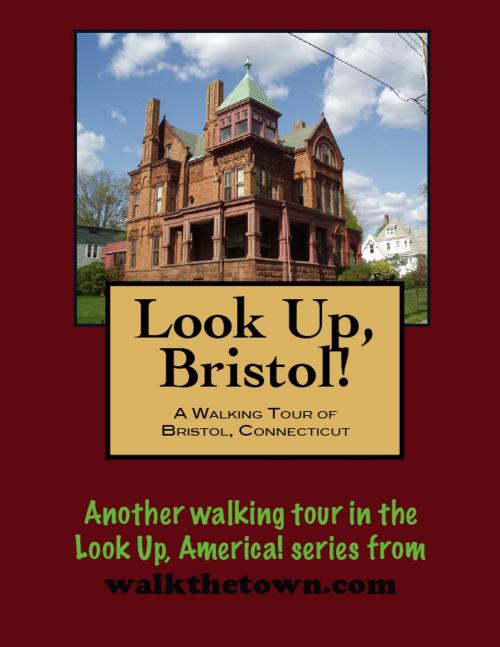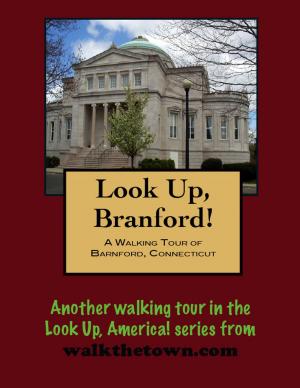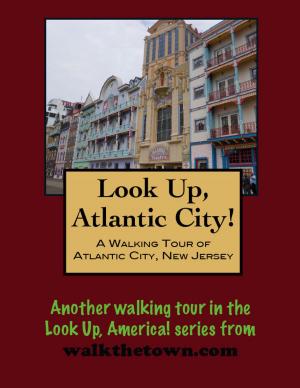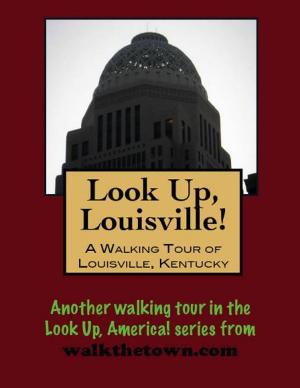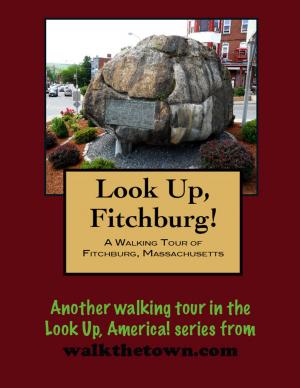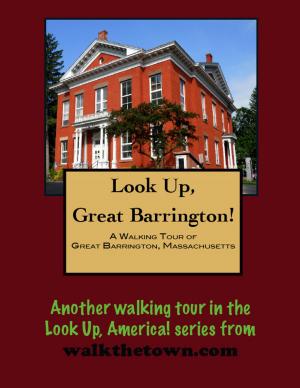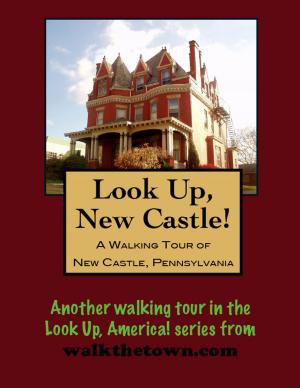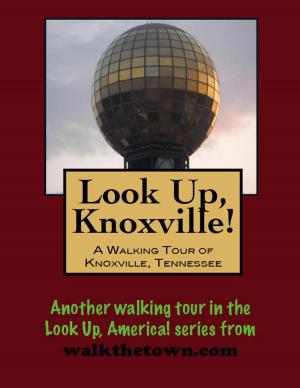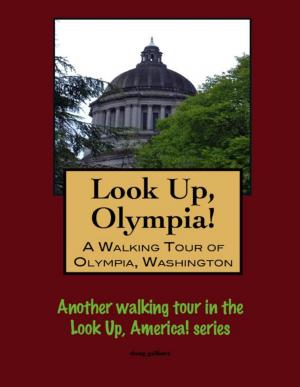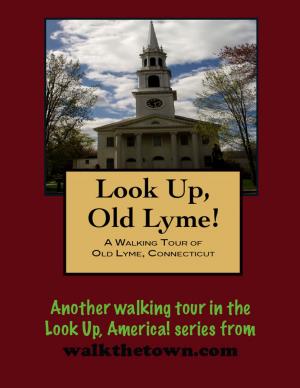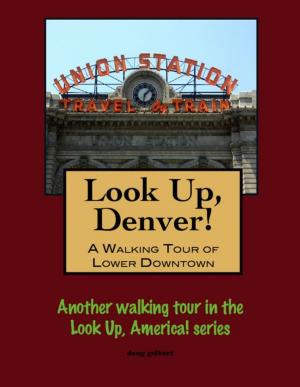| Author: | Doug Gelbert | ISBN: | 9781458040329 |
| Publisher: | Doug Gelbert | Publication: | March 2, 2011 |
| Imprint: | Smashwords Edition | Language: | English |
| Author: | Doug Gelbert |
| ISBN: | 9781458040329 |
| Publisher: | Doug Gelbert |
| Publication: | March 2, 2011 |
| Imprint: | Smashwords Edition |
| Language: | English |
There is no better way to see America than on foot. And there is no better way to appreciate what you are looking at than with a walking tour. This walking tour of Bristol, Connecticut is ready to explore when you are. Each walking tour describes historical, architectural landmarks, cultural sites and ecclesiastic touchstones and provides step-by-step directions. Every tour also includes a quick primer on identifying architectural styles seen on American streets.
Today Bristol is known as the home of ESPN, the Entertainment and Sports Programming Network that pioneered the concept of 24-hour sports television coverage. But it was another time-related industry that first brought the town to prominence more than two centuries ago.
As early as 1790 it is known that Gideon Roberts was making clocks in town and peddling them around the countryside on horseback. In the adjoining town of Plymouth Eli Terry innovated the compact shelf clock to bring time to those who could not afford tallcase cabinet timepieces. When Terry developed a system that harnessed the power of water and enabled him to mass produce clock gears from wood his explosive success encouraged others to join the industry.
Bristol, which was largely unsettled thanks to its rocky soil, did have that source of water power that made the town a desirable place for would-be manufacturers. In 1822 Chauncey Jerome, who had started his career a few years earlier in Waterbury making dials for long-case clocks, moved his business to Bristol, opening a small shop with his brother Noble, producing 30 hour and eight-day wooden clocks. Before he took the business to New Haven in 1842 the Jerome Clock Company had grown to be the largest in the country. By some repots in the 19th century, Bristol had 280 businesses engaged in the clock business.
Bristol was known as Farmington’s West Woods when the first settlers arrived sometime in the 1720s. In 1742 Bristol became a separate parish within Farmington and a meetinghouse was located on Federal Hill. As Bristol’s industrial identity emerged Federal Hill became home to the town’s economic elite. Their homes spread out down the slopes, first Federal and Greek Revival dwellings and then exuberant Victorian homes. Today Federal Hill has been designated an historic district, one of the largest in the state with nearly 1000 buildings. Our walking tour of this architectural jewel of Bristol will begin at the bottom...
There is no better way to see America than on foot. And there is no better way to appreciate what you are looking at than with a walking tour. This walking tour of Bristol, Connecticut is ready to explore when you are. Each walking tour describes historical, architectural landmarks, cultural sites and ecclesiastic touchstones and provides step-by-step directions. Every tour also includes a quick primer on identifying architectural styles seen on American streets.
Today Bristol is known as the home of ESPN, the Entertainment and Sports Programming Network that pioneered the concept of 24-hour sports television coverage. But it was another time-related industry that first brought the town to prominence more than two centuries ago.
As early as 1790 it is known that Gideon Roberts was making clocks in town and peddling them around the countryside on horseback. In the adjoining town of Plymouth Eli Terry innovated the compact shelf clock to bring time to those who could not afford tallcase cabinet timepieces. When Terry developed a system that harnessed the power of water and enabled him to mass produce clock gears from wood his explosive success encouraged others to join the industry.
Bristol, which was largely unsettled thanks to its rocky soil, did have that source of water power that made the town a desirable place for would-be manufacturers. In 1822 Chauncey Jerome, who had started his career a few years earlier in Waterbury making dials for long-case clocks, moved his business to Bristol, opening a small shop with his brother Noble, producing 30 hour and eight-day wooden clocks. Before he took the business to New Haven in 1842 the Jerome Clock Company had grown to be the largest in the country. By some repots in the 19th century, Bristol had 280 businesses engaged in the clock business.
Bristol was known as Farmington’s West Woods when the first settlers arrived sometime in the 1720s. In 1742 Bristol became a separate parish within Farmington and a meetinghouse was located on Federal Hill. As Bristol’s industrial identity emerged Federal Hill became home to the town’s economic elite. Their homes spread out down the slopes, first Federal and Greek Revival dwellings and then exuberant Victorian homes. Today Federal Hill has been designated an historic district, one of the largest in the state with nearly 1000 buildings. Our walking tour of this architectural jewel of Bristol will begin at the bottom...
